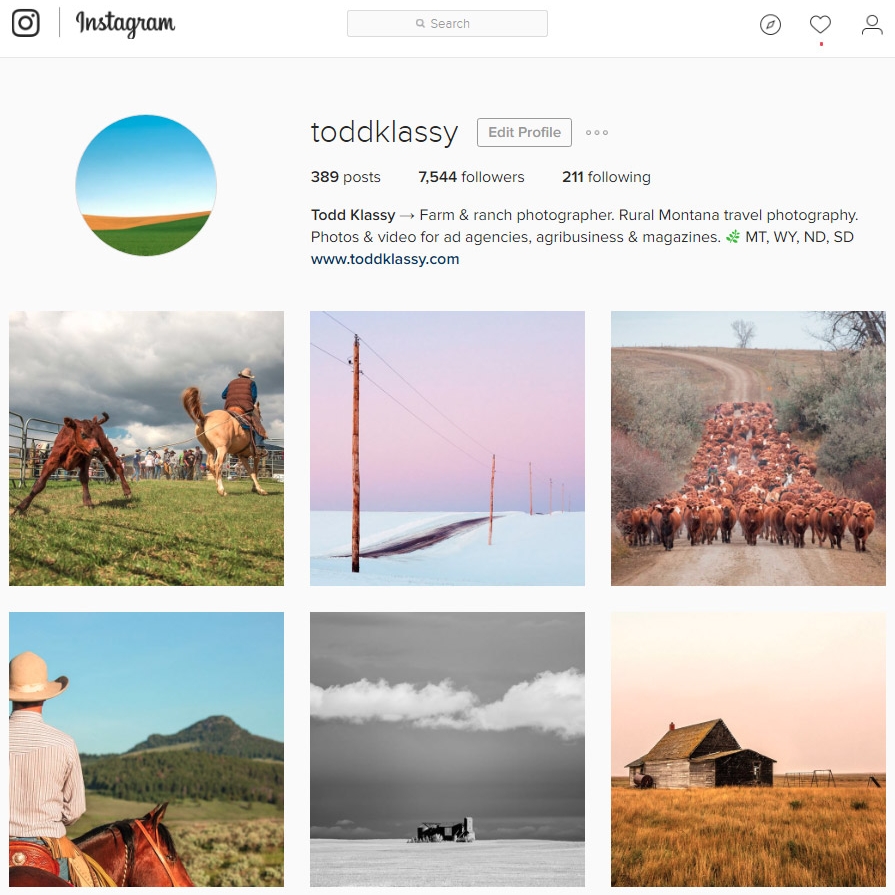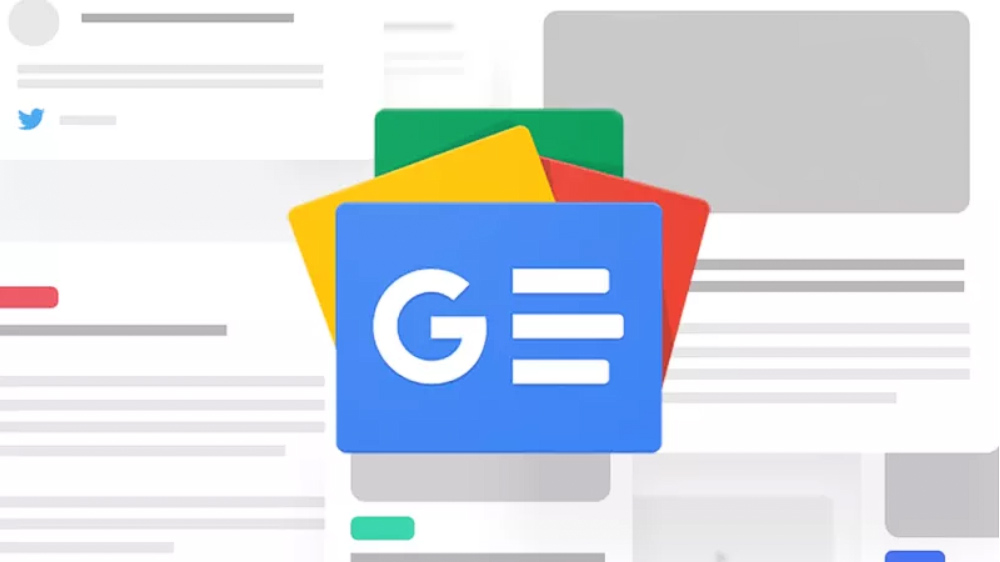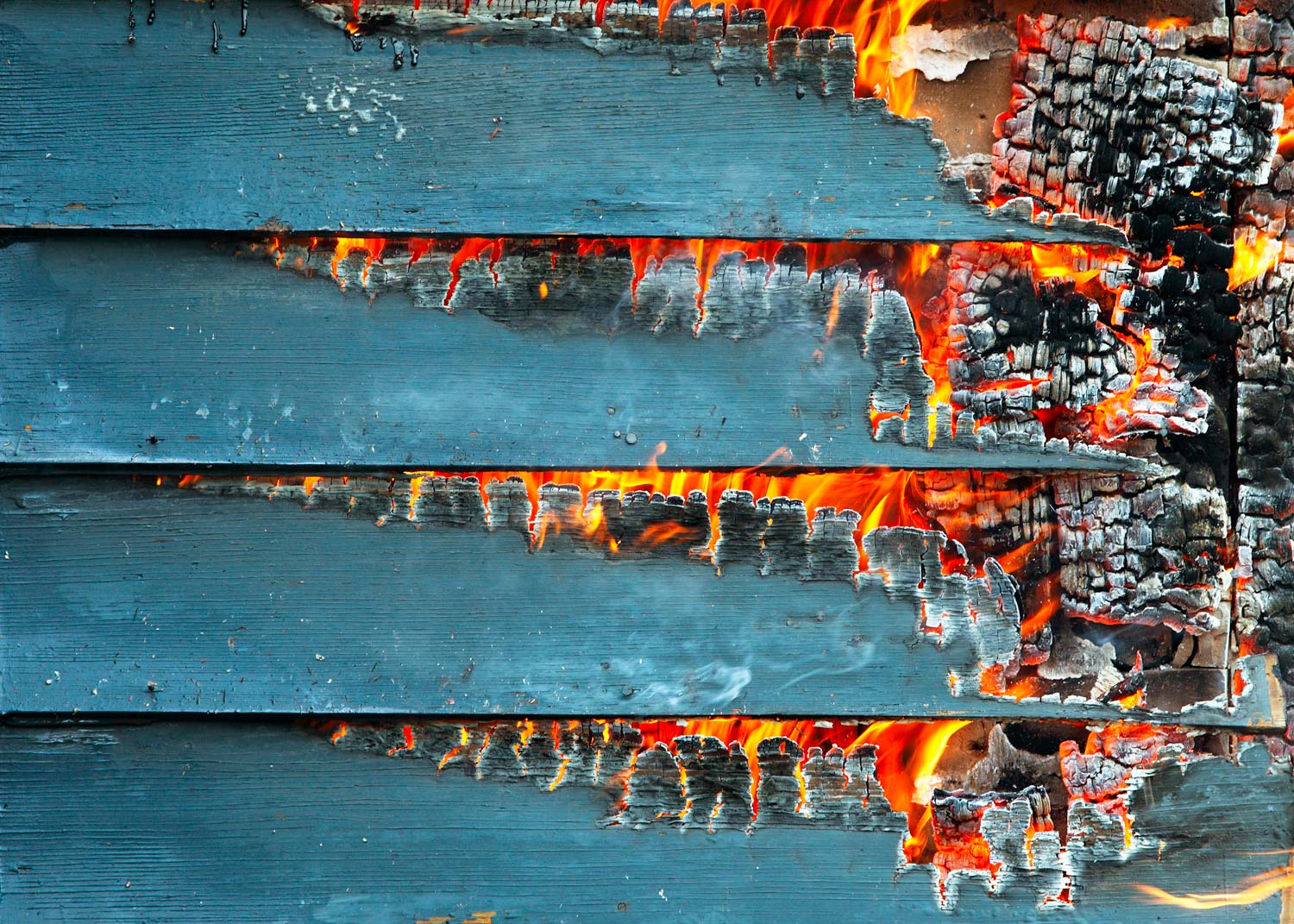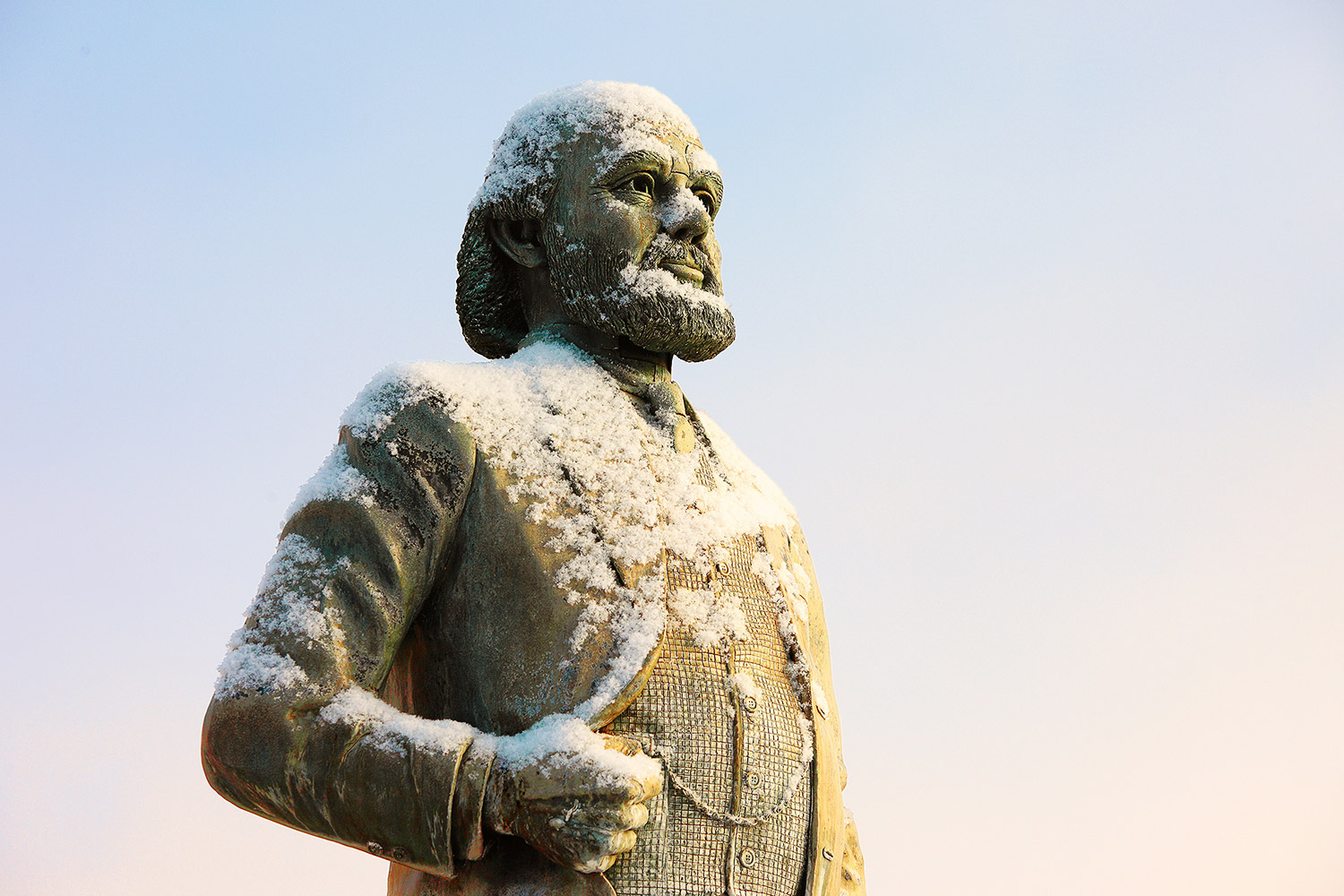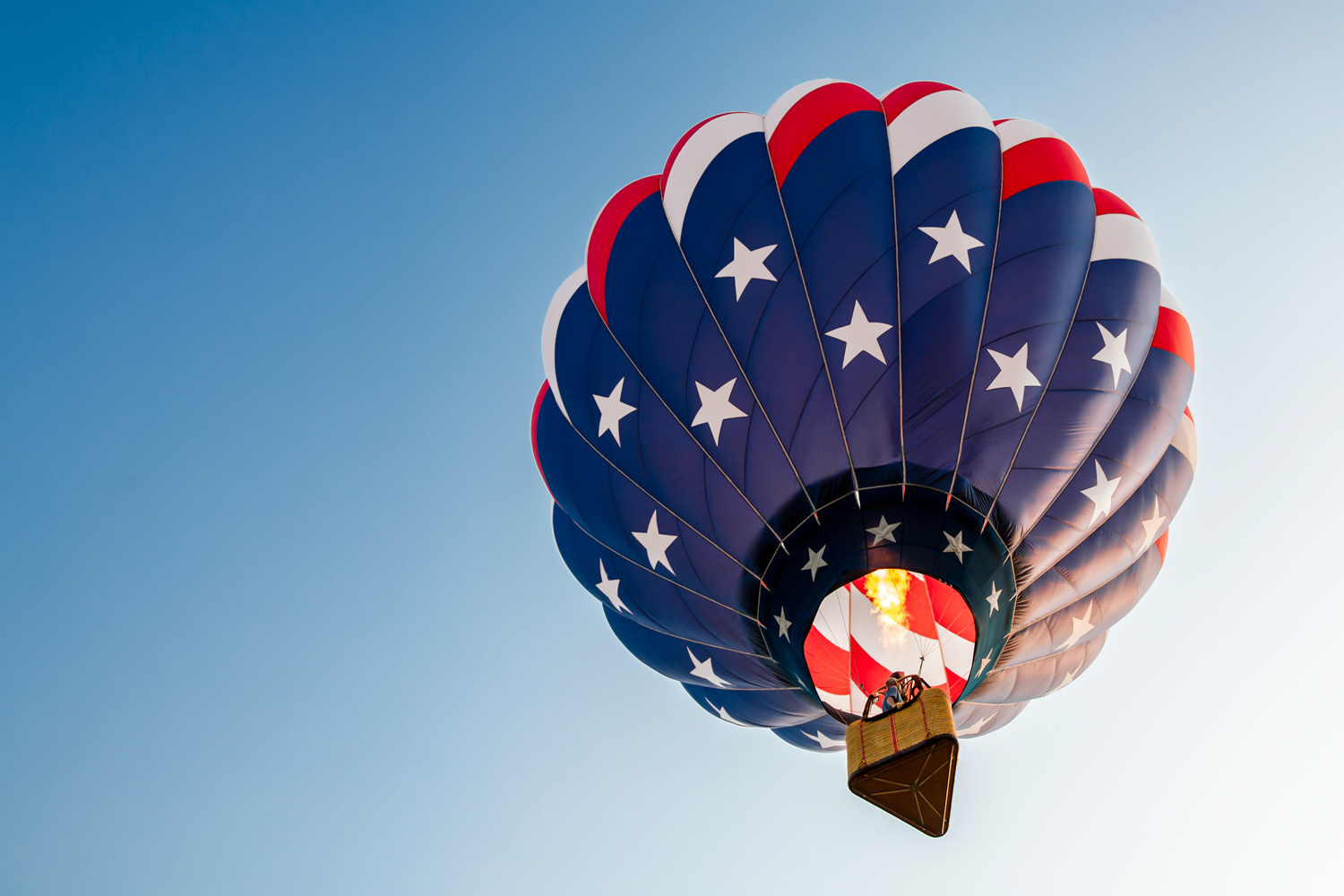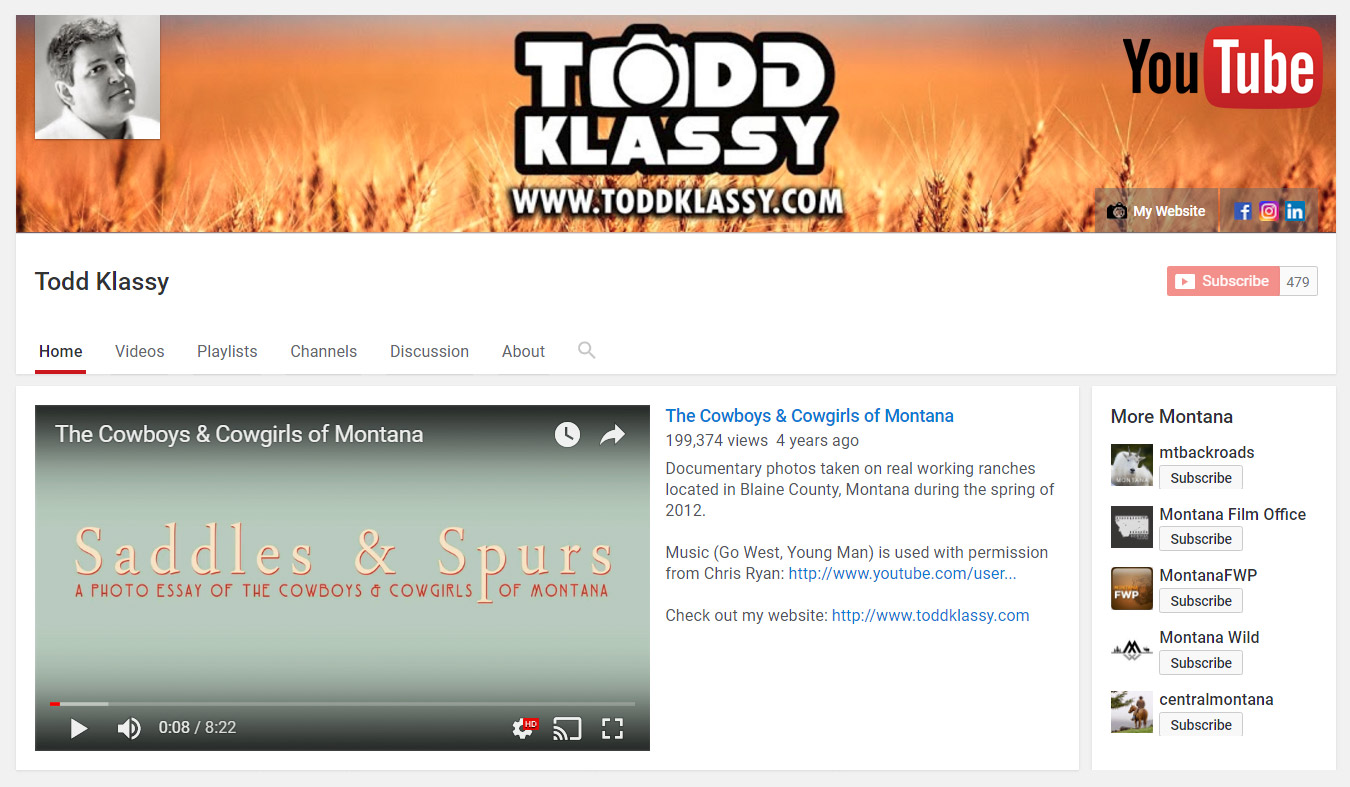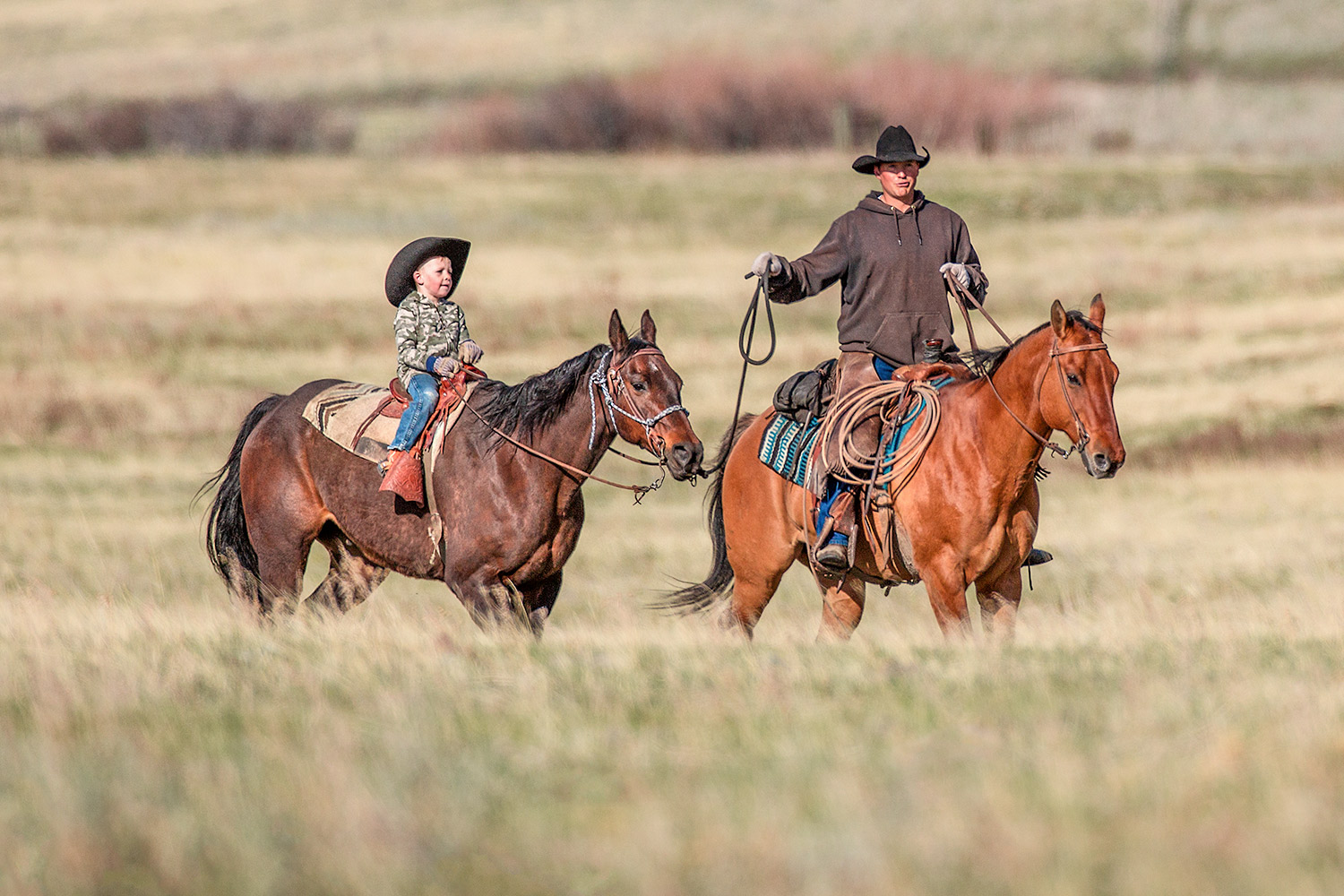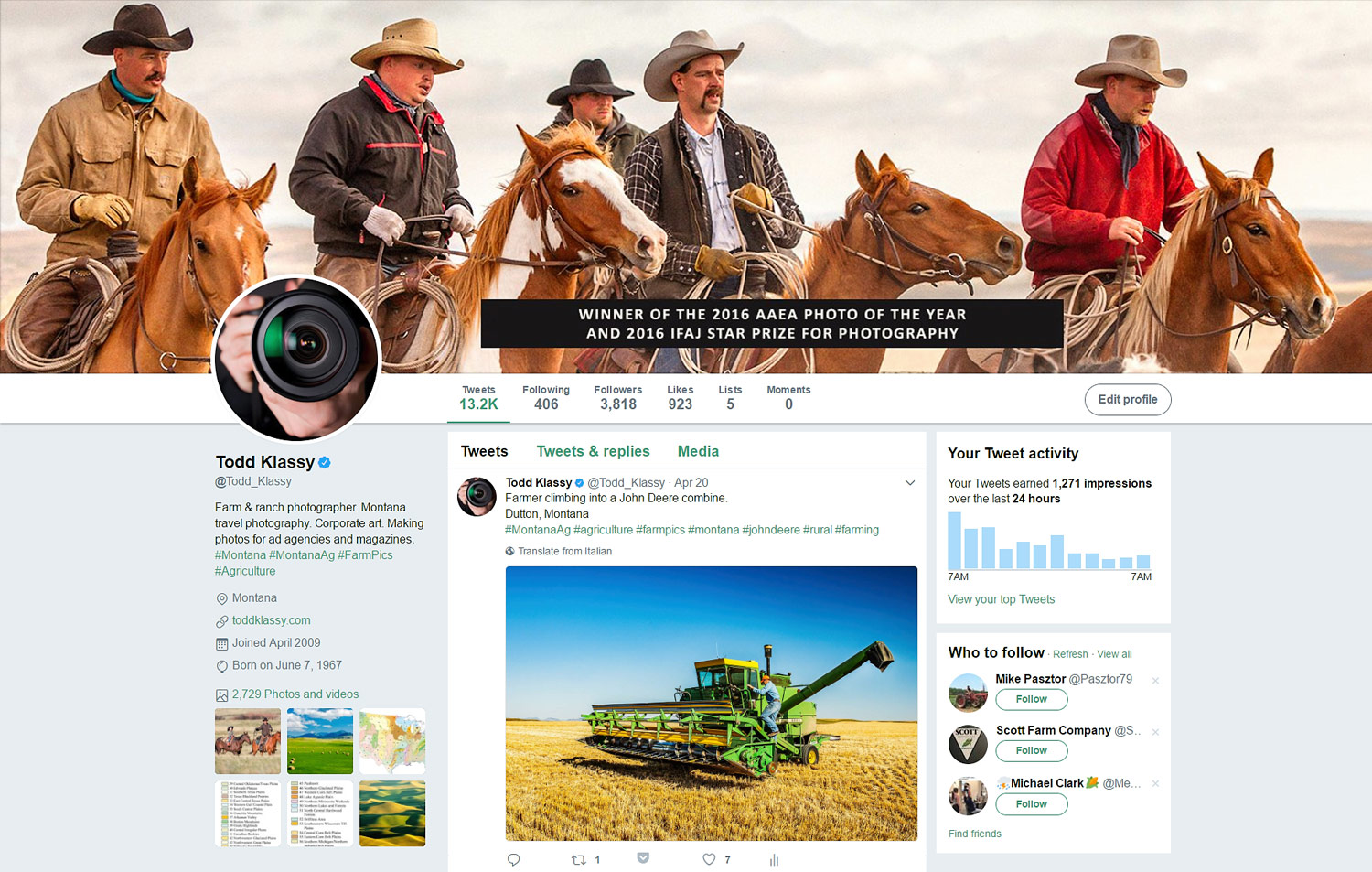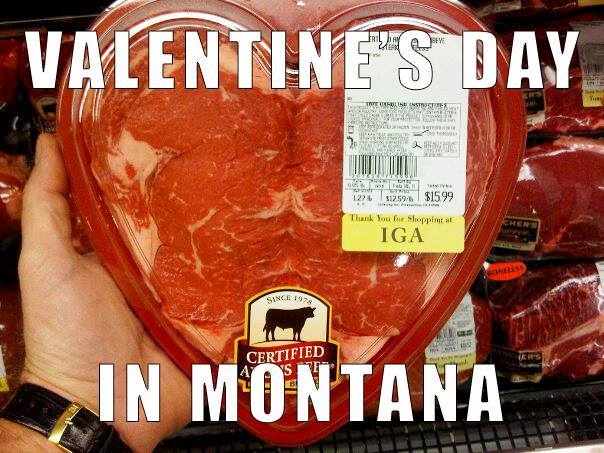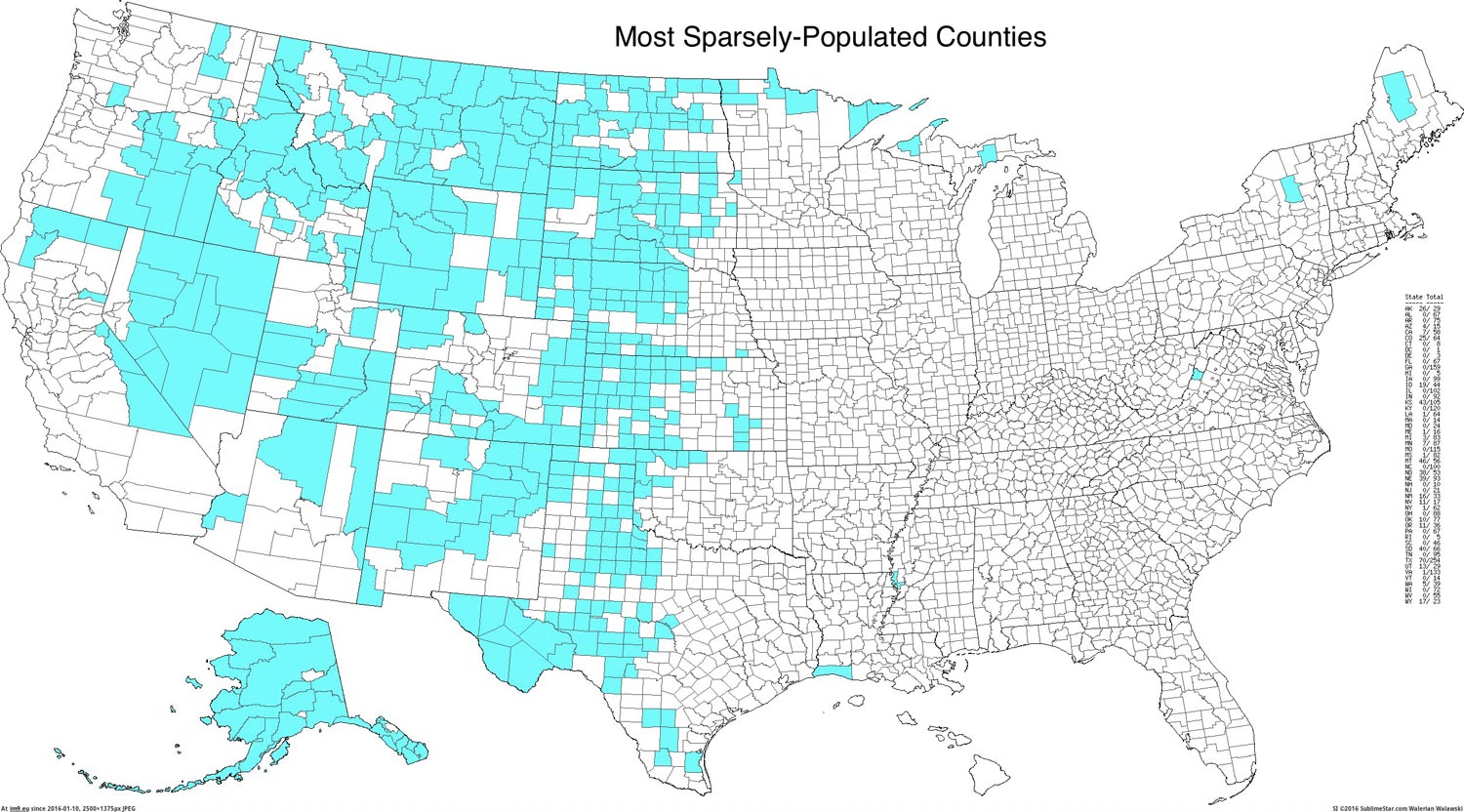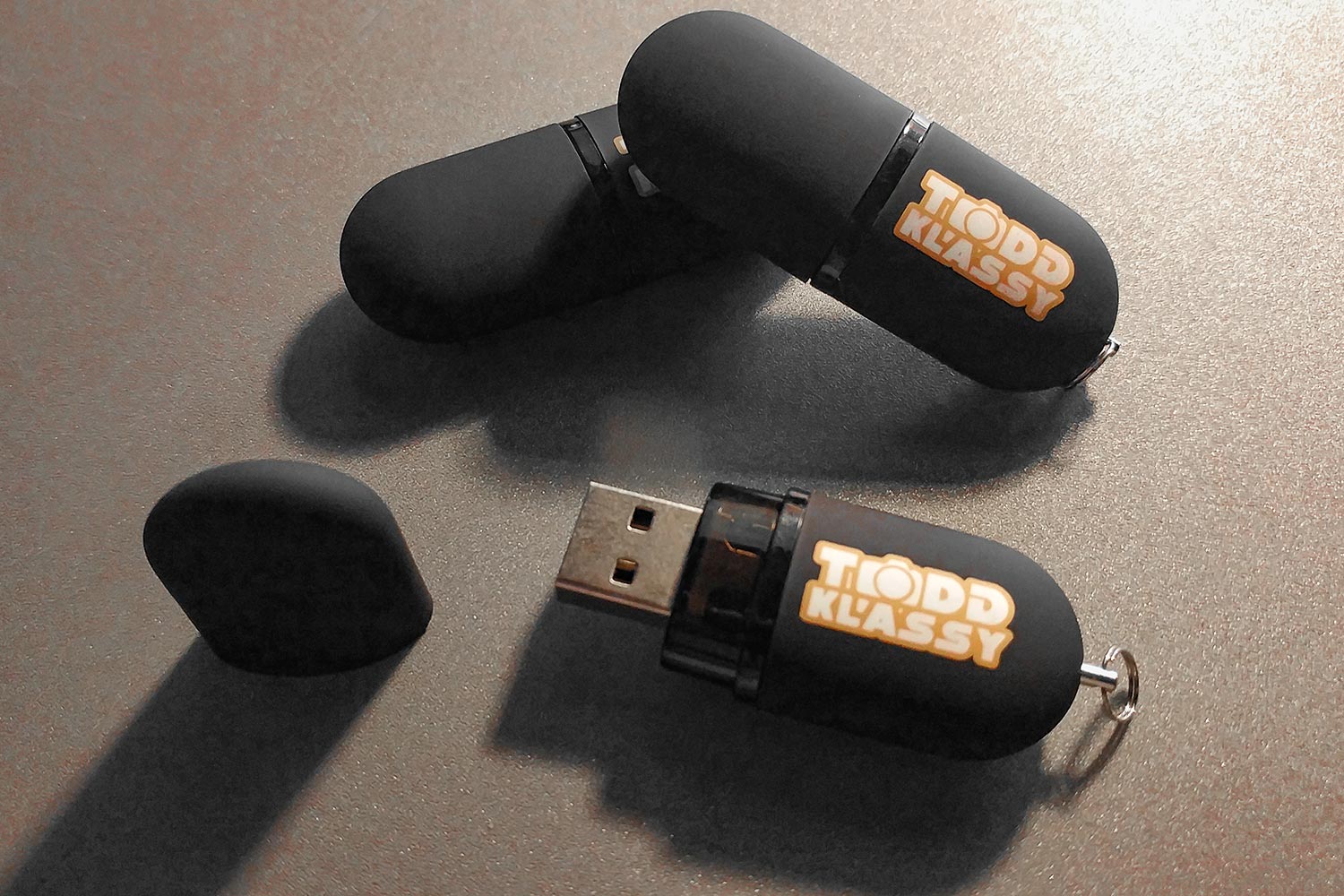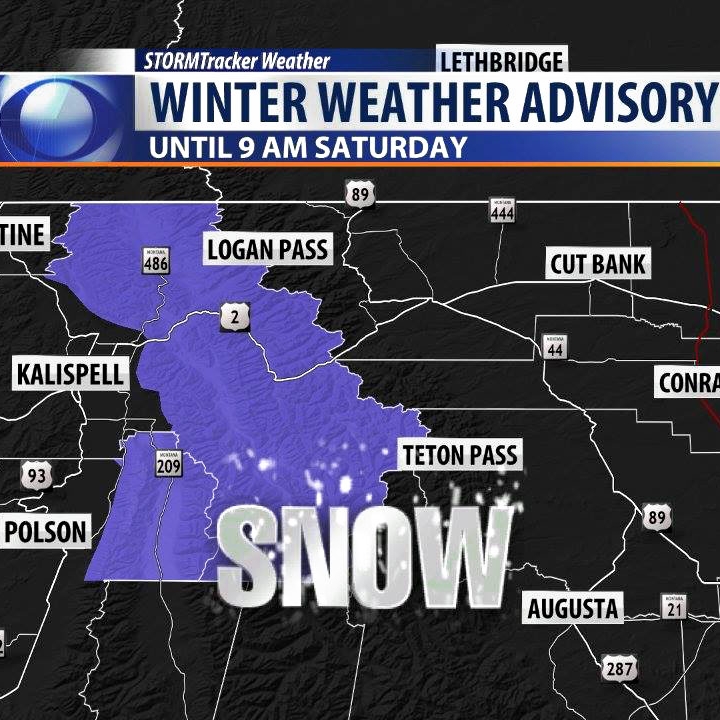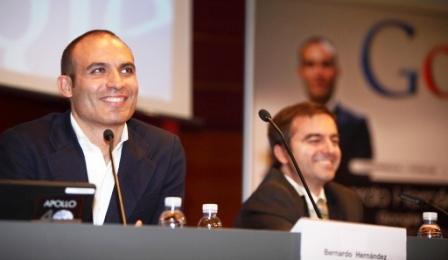I was given some interesting numbers recently. I cannot vouch for their authenticity, but if they are real they reveal a lot about the relationship between Flickr and Getty Images.
I'm told roughly 21% of all the images available for license at Getty Images are plucked from Flickr users. That means nearly 1 million Flickr photos are now actively peddled by Getty Images. That's a huge chunk of Getty's portfolio. Not bad for a bunch of "amateur" photographers, eh?
These numbers also reveal Yahoo/Flickr has gained substantial leverage with Getty. And it also means there are a lot of Flickr photographers out there who are unwittingly getting raped by Getty. I sure hope new Flickr CEO Bernardo Hernández realizes this.
Co-Founder and Chief Executive Officer of the global media company Getty Images, Inc., Jonathan Klein. Photo by Joi Ito.
One million photos, though, is a small fraction (2.5%) of the estimated 4 billion photographs Flickr currently has in its entire collection. My Montana photography, for example, is not being peddled by Getty. And I am not alone. Many photographers have told me they earn substantially more by letting their photographs (and metadata) be seen on Flickr pages and then licensing their photos on their own when art directors, photo editors, etc. come calling.
The numbers behind Flickr's deal with Getty are even more telling if you consider the news this past week that Flickr competitor 500px has decided to enter the stock photography fray and will soon begin licensing its users' photographs without the aid of a stock photography company such as Getty. What's more, they have guaranteed every photographer 30% from each sale. With every image licensed for no less than $250 a piece that means 500px photogs will earn a minimum of $75 from each sale. How often do Flickr photographers earn $75 from a single Getty sale? Not very often, I guarantee you. In fact, most earn just a few cents from each transaction.
I wonder what Yahoo's cut is from the licensing of Flickr's images. 10%? 5%? 2%? Less? If it is less than 10% then Flickr really needs to rethink its relationship with Getty. By cutting out the middleman, Flickr could keep 20% to 50% of the action (if not more). And Flickr photographers could earn infinitely more than they do now. Combined with the opportunity to open up much more of its collection of 4 billion images to licensing, Yahoo stands to earn even more.
Now, some might say Flickr's collection of 4 billion images isn't nearly as valuable as it would seem. After all, how many poorly composed photos of cats and out-of-focus shots of what someone ate for dinner does an ad agency really need? Not many. But the world of stock photography is a bit like real estate. Every property can appeal to someone. For example, consider this photograph of mine. I'm even embarrassed to show it. Why in the world did I even post it to Flickr? Well, I did. And it was one of the first photographs I ever made. Ultimately it led to a sale with one of the largest ad agencies in the world, Leo Burnett, and it appeared in a GMC advertisement in Sports Illustrated, Sporting News, and ESPN The Magazine.
Marissa Mayer? Bernardo Hernández? Are you paying attention? End the contract with Getty. Kill the middleman. Lead the democratization of photography. Your photographers (and investors) will love you.
